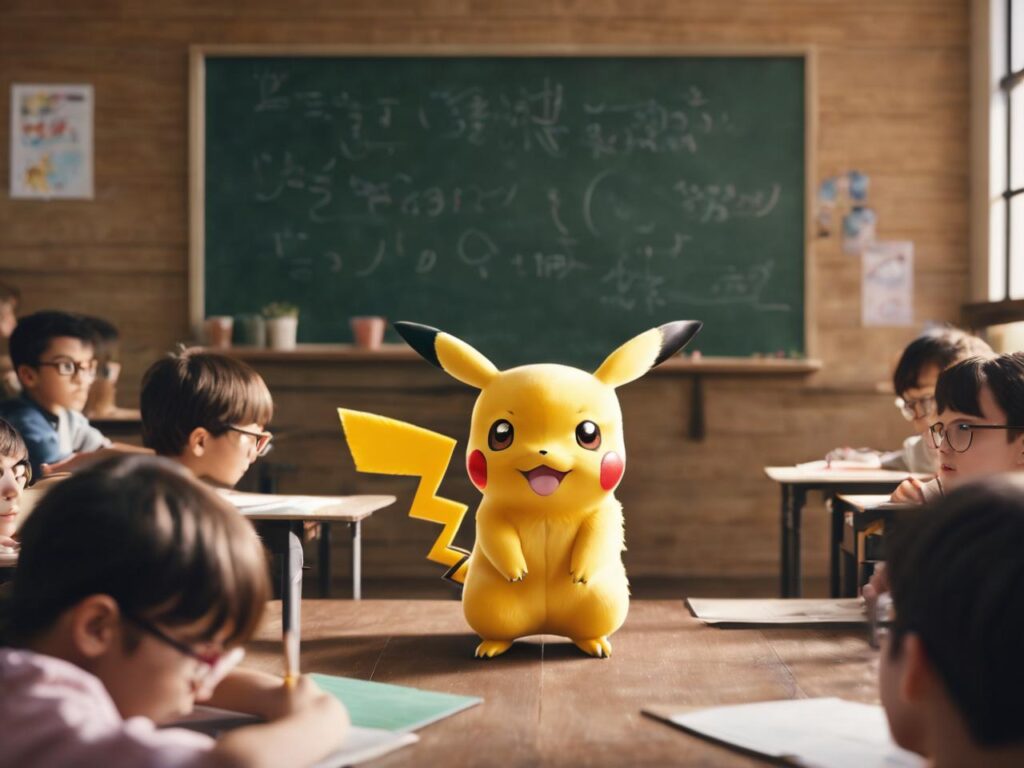
Pokémon is an incredibly successful Japanese media franchise that includes forays into video games, trading card games, video games, anime and manga. As popular as they are, there’s still a lot of things that fans have no idea about Pokémon.
1. What’s the difference between a Poké Ball and a Poke Bowl?
A Poké Ball is a round device used to catch and contain Pokémon.On the other hand, a Poke Bowl is a Hawaiin dish typically made with sliced, marinated and uncooked seafood mixed with chunks of veggies.

2. Who’s the most popular Pokémon?
According to recent research, the most popular Pokémon is Charizard. Of course nobody believes that because they apparently omitted listing Pikachu completely, removing him from being considered. While Pikachu is a bit annoying, of course Pikachu is the most popular Pokémon.
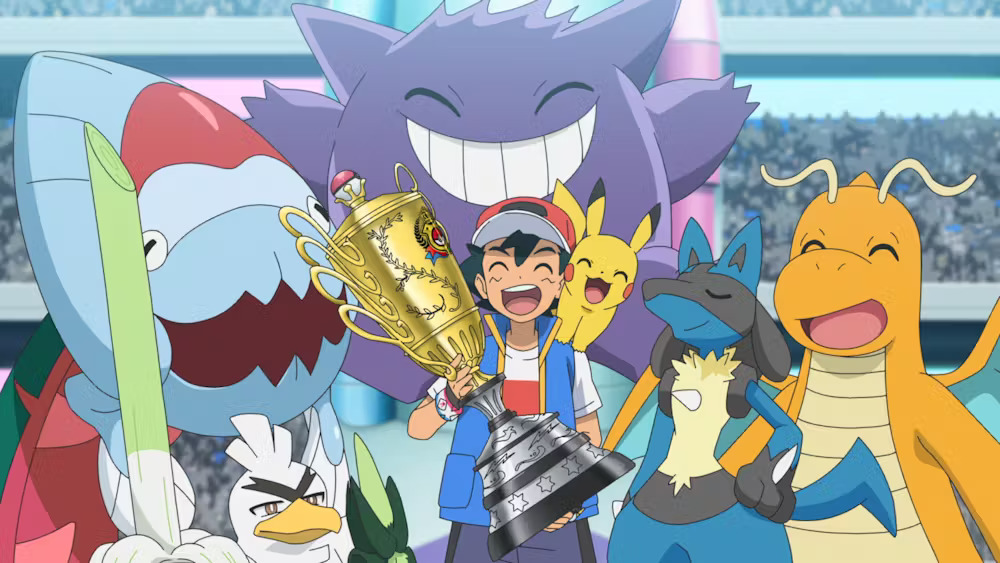
3. Is Ash’s Pikachu a boy or a girl?
Even though most say Ash’s Pikachu is a boy, no one’s really sure.
And nobody really wants to check. No one’s even sure where to start with that task. It should be noted that Ash refers to his Pikachu as “it” rather than male or female.
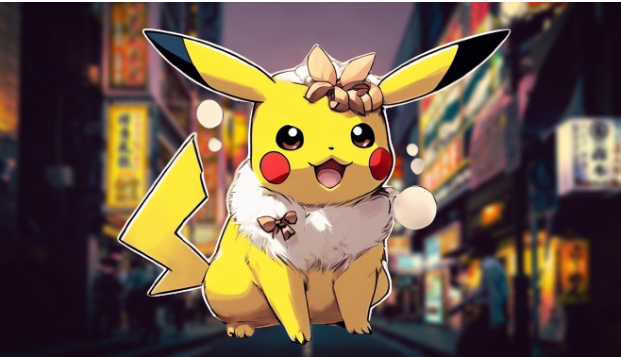
4. Who’s the creepiest Pokémon?
Without a doubt, it’d have to be Froslass. Not only is her body apparently hollow, but she also freezes her victims in ice, which more than likely kills them. Apparently her favorite food is the “souls of men”, but only if they’re handsome. They’re also said to lure people into snowy mountains using its icy breath. While a powerful “pet” to have as part of your arsenal, she’s also a bit too creepy for most to deal with.
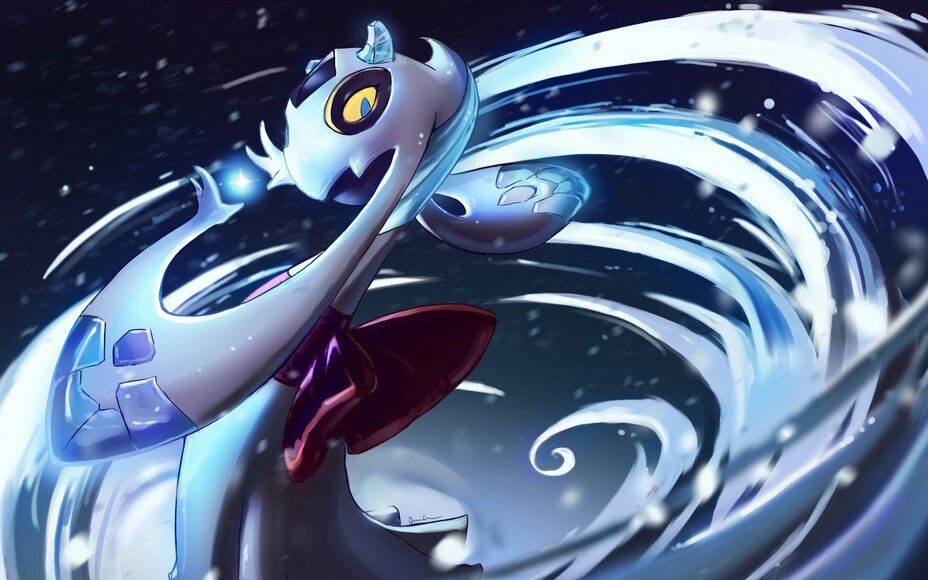
5. Should Pokémon be featured on currency?
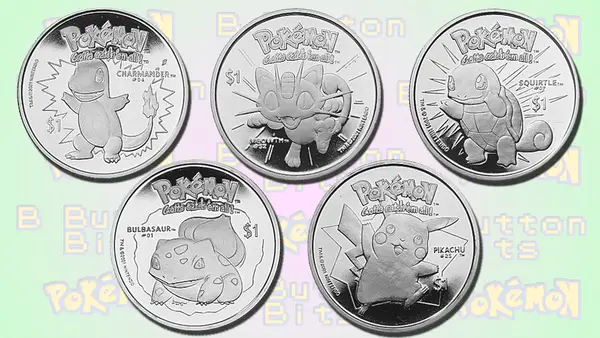 That sounds like a great idea! Any hope of us being the first to have Pokémon on their currency is gone though – the country of Niue which is a self-governing and tiny country close to New Zealand has that honor. They minted their Pokémon-themed coins back in 2001.
That sounds like a great idea! Any hope of us being the first to have Pokémon on their currency is gone though – the country of Niue which is a self-governing and tiny country close to New Zealand has that honor. They minted their Pokémon-themed coins back in 2001.
6. What’s the inspiration for Pokémon?
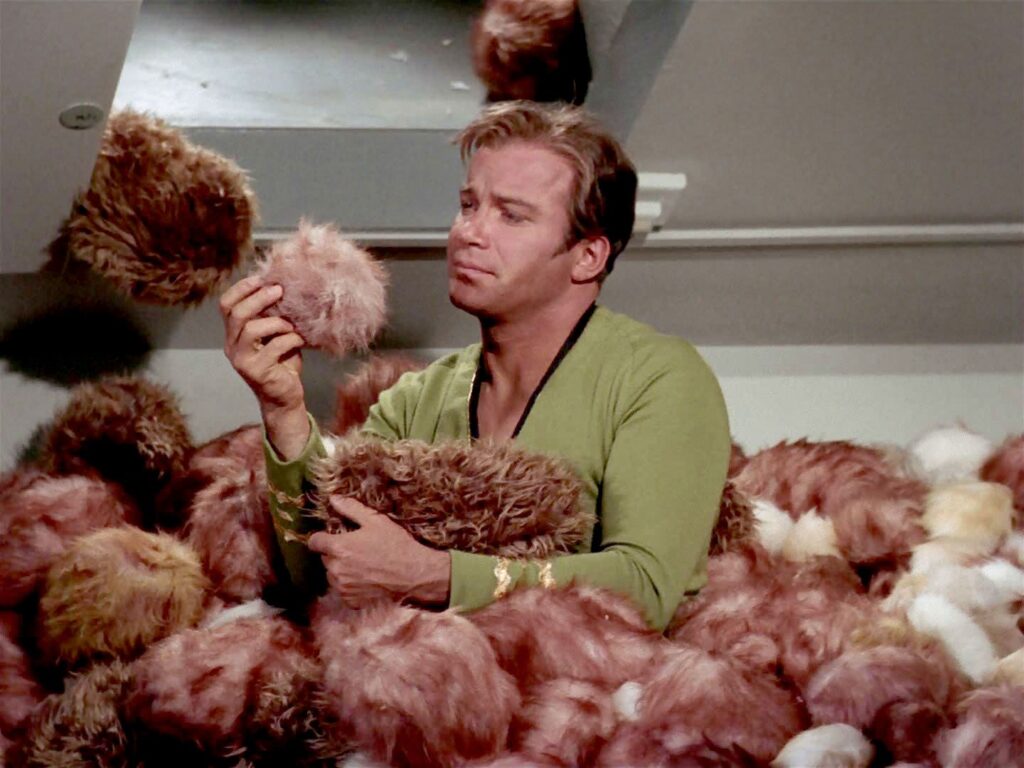
Initially, I thought it was “borrowed” from the Tribbles on Star Trek. Tribbles were a fictional alien species on the original Star Trek series. They were pretty much small bundles of fur who were small, cute, slow moving and rapidly reproducing to dangerous levels.
Turns out, I’m 100% wrong on that. Who knew I could be wrong? The inspiration for Pokémon was inspired by the creator’s childhood hobby of catching insects. In his mind, he imagined a game where players could gather and trade different Pokémon.
Yes, I’m a bit disappointed by that explanation too, but that’s the facts!
7. Who was the first Pokémon created?

According to one of the original designers at Game Freak, Ken Sugimori revealed that creature to be the rhino-esque Rhydon.
8. What’s the meaning behind the word “Pokémon”?
 Initially, the franchise’s full name was Pocket Monsters. When released internationally, the term “Pokémon” started being used. The word Pokémon is a combination of the word “Pocket” and “Monsters”. It’s like having your own “pocket monsters” to play and train.
Initially, the franchise’s full name was Pocket Monsters. When released internationally, the term “Pokémon” started being used. The word Pokémon is a combination of the word “Pocket” and “Monsters”. It’s like having your own “pocket monsters” to play and train.
9. Which Pokémon has the ultimate camouflage?
According to canon, that would be the Wobbuffet. It appears that his main body is nothing more than an inflatable decoy, his real body being the small black tail that hides behind it. It turns out that there is a “tale” behind that “tail”.
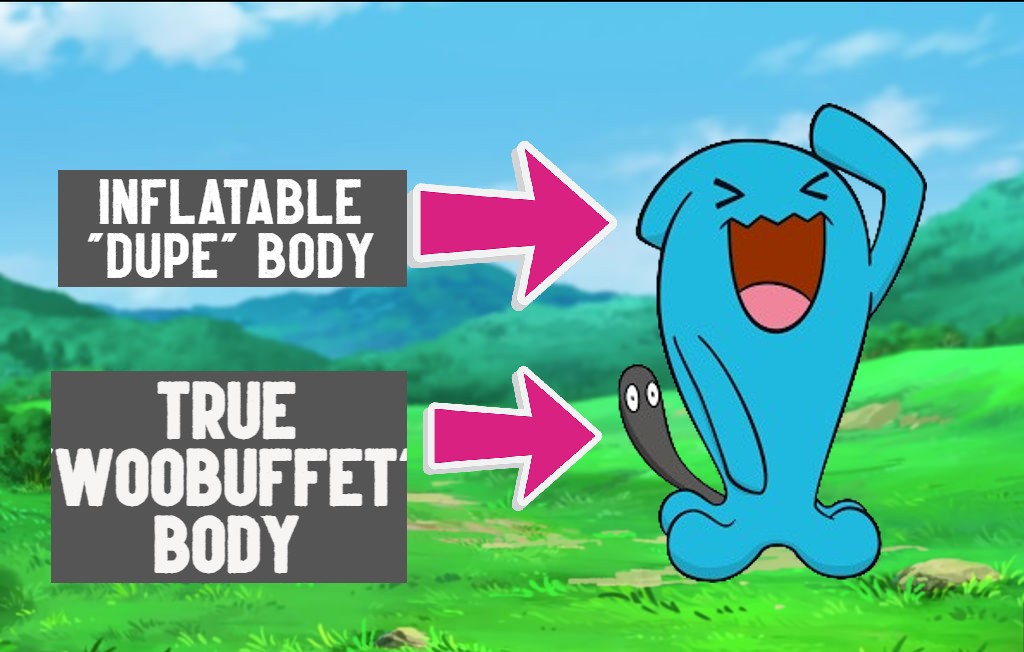
10. The Pokémon anime series was never meant to be ongoing.
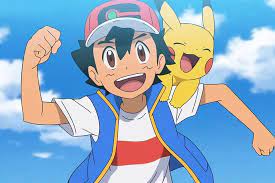 The original Pokémon anime was only meant to last one short season, it was never meant to be ongoing or last. The plans were to do the anime for just one season, essentially as an advertisement and promotion for the game. Turns out, the anime became more popular than they ever meant it to be. Since then, they’ve had a tonne of success with the anime, spawning over 20 different series, as well as over 20 movies in it’s time.
The original Pokémon anime was only meant to last one short season, it was never meant to be ongoing or last. The plans were to do the anime for just one season, essentially as an advertisement and promotion for the game. Turns out, the anime became more popular than they ever meant it to be. Since then, they’ve had a tonne of success with the anime, spawning over 20 different series, as well as over 20 movies in it’s time.
11. How can you tell if a Pikachu is male or female?
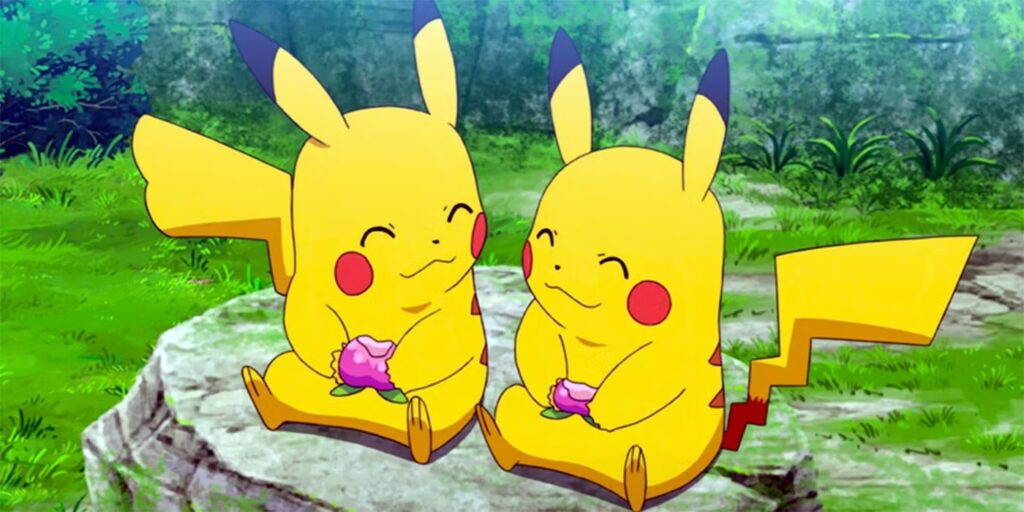
It’s much simpler and less touchy-feely than you’d expect, thank goodness! Male Pikachu have the standard lightning shaped tail while female Pikachu have a little dent near the top making it heart shaped.
12. What are Poké Balls?
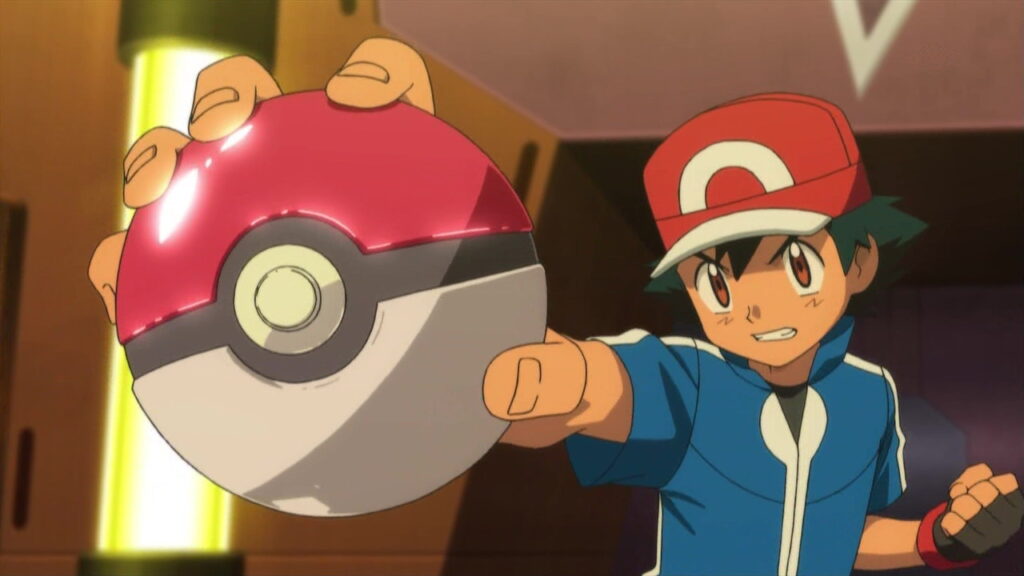
Poké Balls are a spherical device used by “Trainers” to capture and command Pokémon. Once a Pokémon is weakened enough in battle, the Trainer shoots a Poké Ball at the Pokémon, which is turned into a ball of energy and transformed into the device and captured. In the process, the creature is “tamed” and under the command of the Trainer. If the Poké Ball is thrown again, the Pokémon rematerializes into its original state and can be used to fight other Pokémon, whether trained or not.
13. Pokémon is the SECOND best-selling franchise of all time

While extremely popular, Pokémon are still only the second best-selling franchise of all time. At least in terms of video games, the Mario franchise is considerably more popular.
14. What’s the most valuable Pokémon trading card?
 The most valuable Pokémon trading card turns out to be the 1st edition holographic Charizard. Because it’s so rare and highly in-demand, it tends to be valued at $55,000 or more.
The most valuable Pokémon trading card turns out to be the 1st edition holographic Charizard. Because it’s so rare and highly in-demand, it tends to be valued at $55,000 or more.
15. What’s the craziest Pokémon fact no one knows?
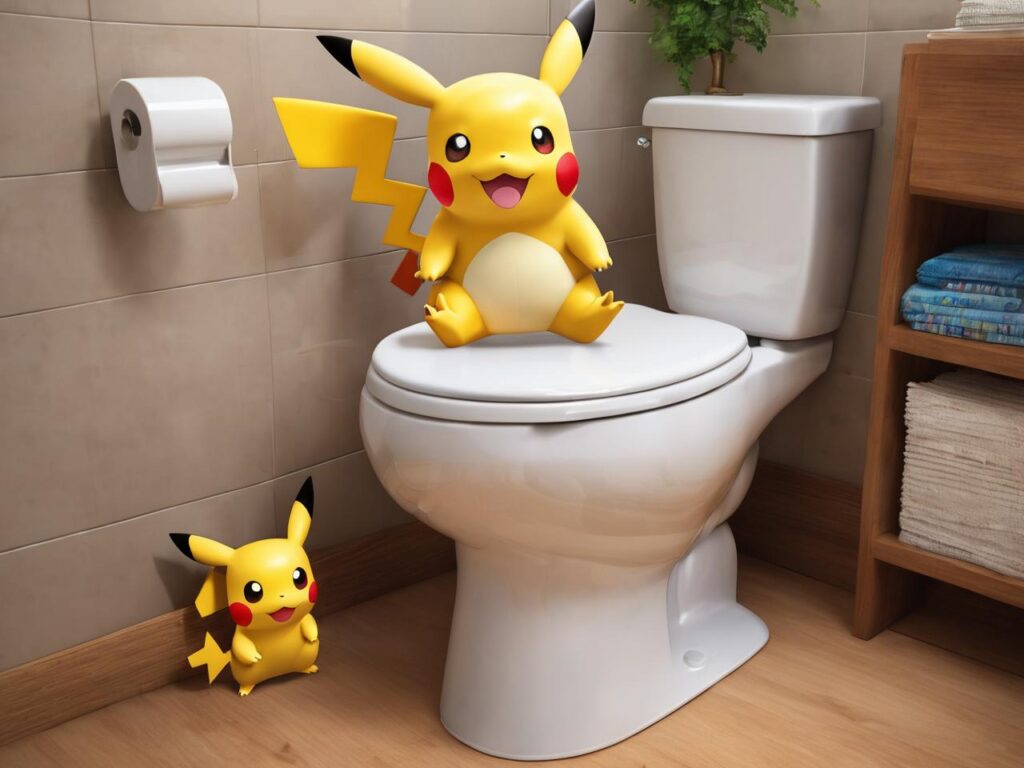
According to the Pokémon White Pokedex entry, some Trainers use Pokémon to keep themselves warm. The Darumaka Pokémon’s droppings tend to be steamy, Trainers sometimes stuff them in their clothes to keep them warm.
Far from finished…
There are 1021 different Pokémon known of. It’s doubtful that we could list every fact that you could know about Pokémon, but this is a first try. Hope you learnt something and had fun doing it. If you have any further questions about any Pokémon trivia, please feel free to as

 You’ve begun playing your Pokémon TCG.
You’ve begun playing your Pokémon TCG.
 A GILLIGAN is the exact-opposite of a MULLIGAN, it can happen during golf when a player is asked to redo a successful stroke when requested by an opponent.
A GILLIGAN is the exact-opposite of a MULLIGAN, it can happen during golf when a player is asked to redo a successful stroke when requested by an opponent.
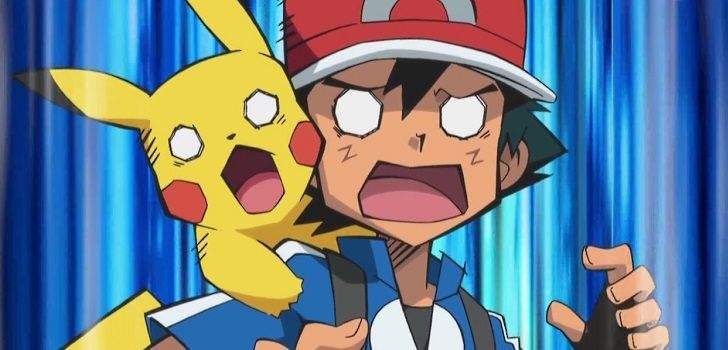
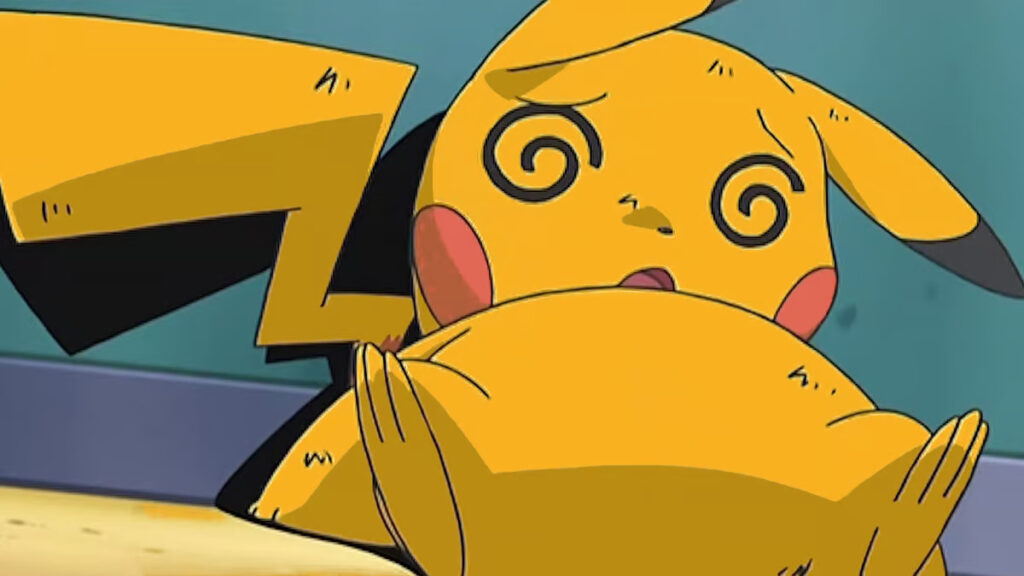
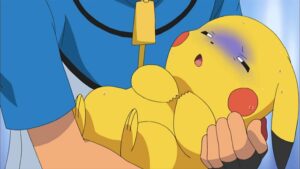 To deal with a Poisoned Pokémon, place a POISON Marker on the Pokémon that is poisoned. Takes on one DAMAGE COUNTER (10 Damage points) between each turn. It’s a great way to inflict extra damage on your opponents Pokémon.
To deal with a Poisoned Pokémon, place a POISON Marker on the Pokémon that is poisoned. Takes on one DAMAGE COUNTER (10 Damage points) between each turn. It’s a great way to inflict extra damage on your opponents Pokémon.
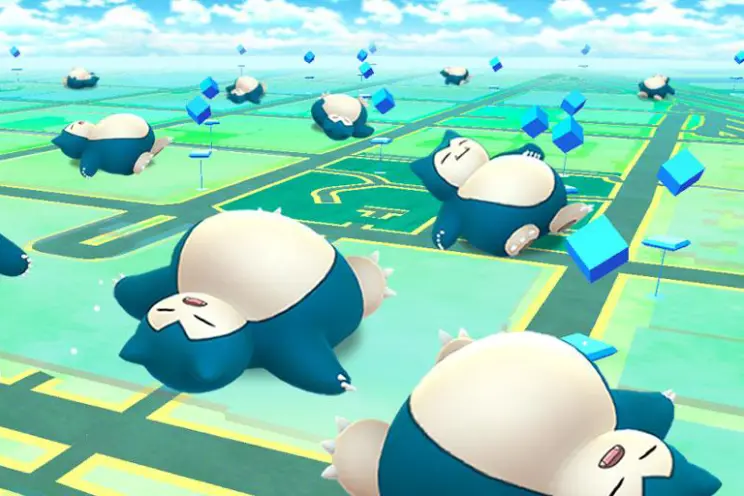

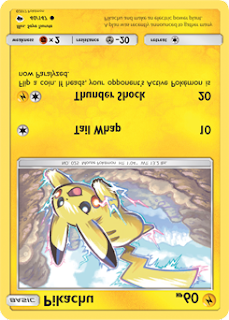

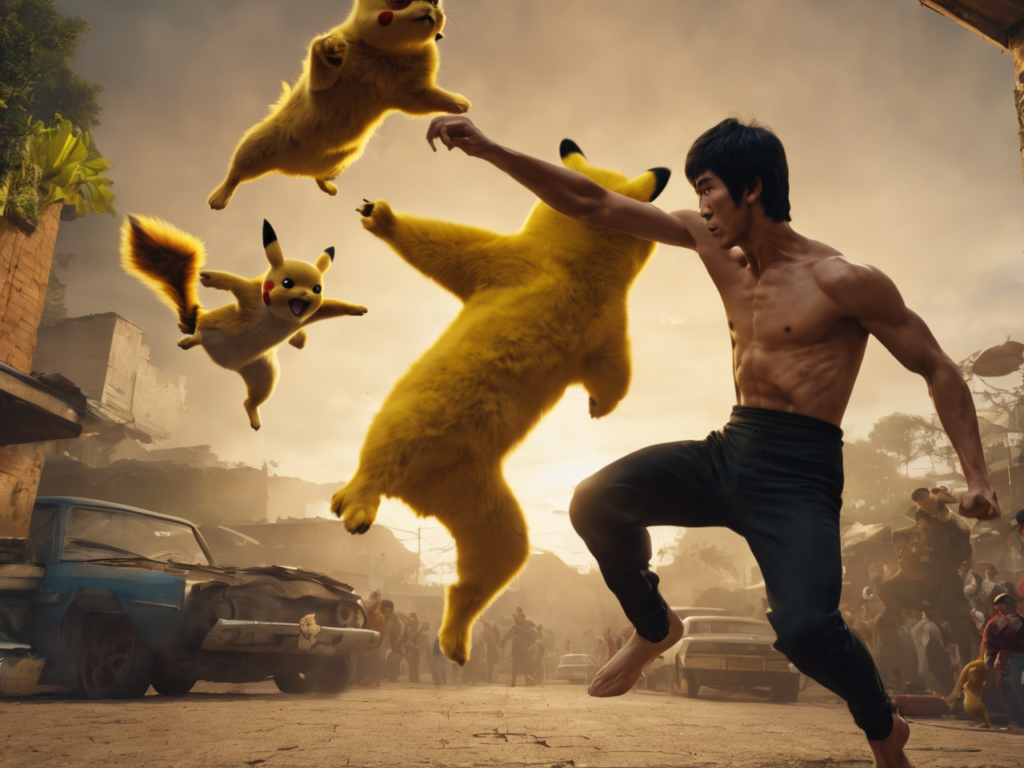
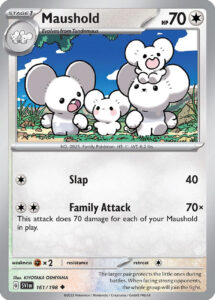 To ATTACK your opponent, need the right amount & proper type of ENERGY.
To ATTACK your opponent, need the right amount & proper type of ENERGY.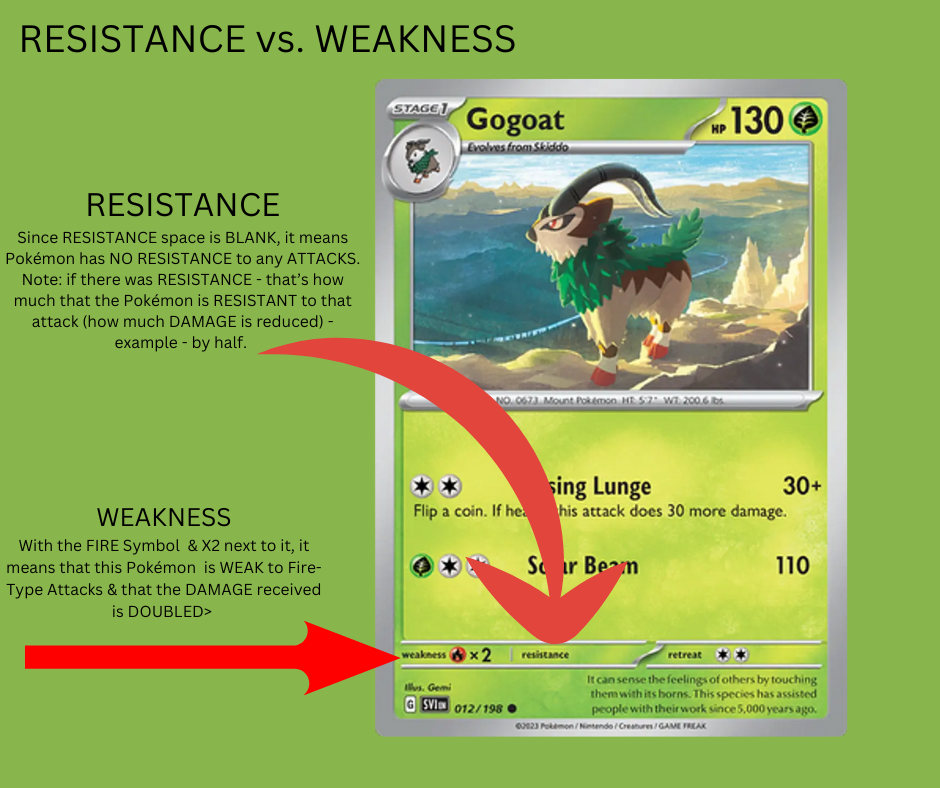
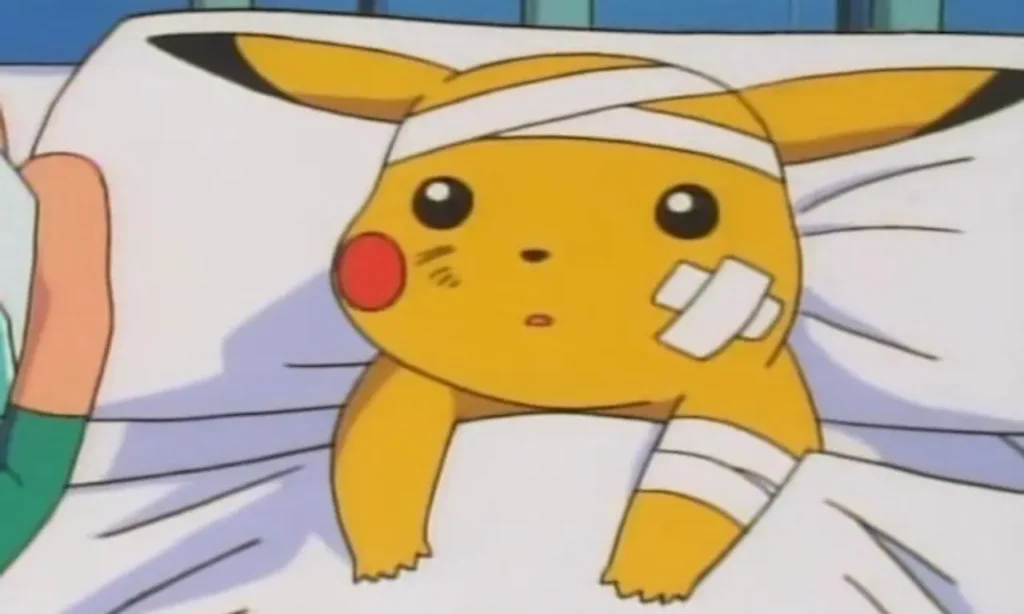
 This is what wins you the game, so better learn how to do it (and quickly)!
This is what wins you the game, so better learn how to do it (and quickly)!

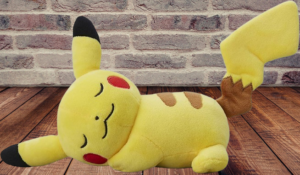
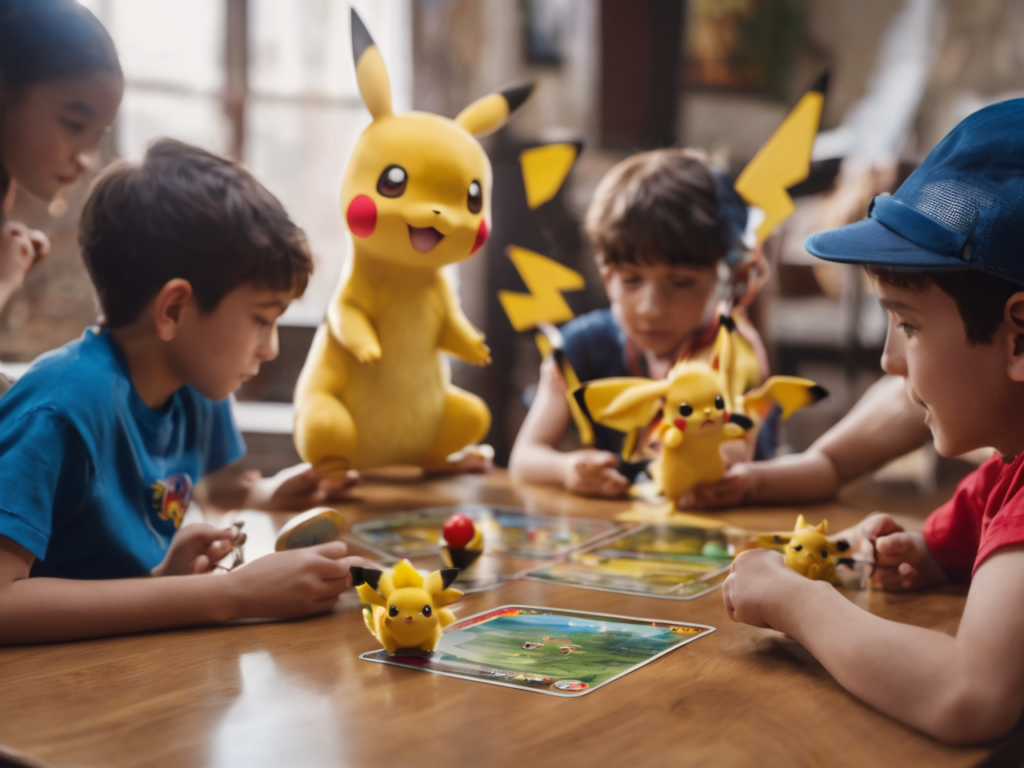
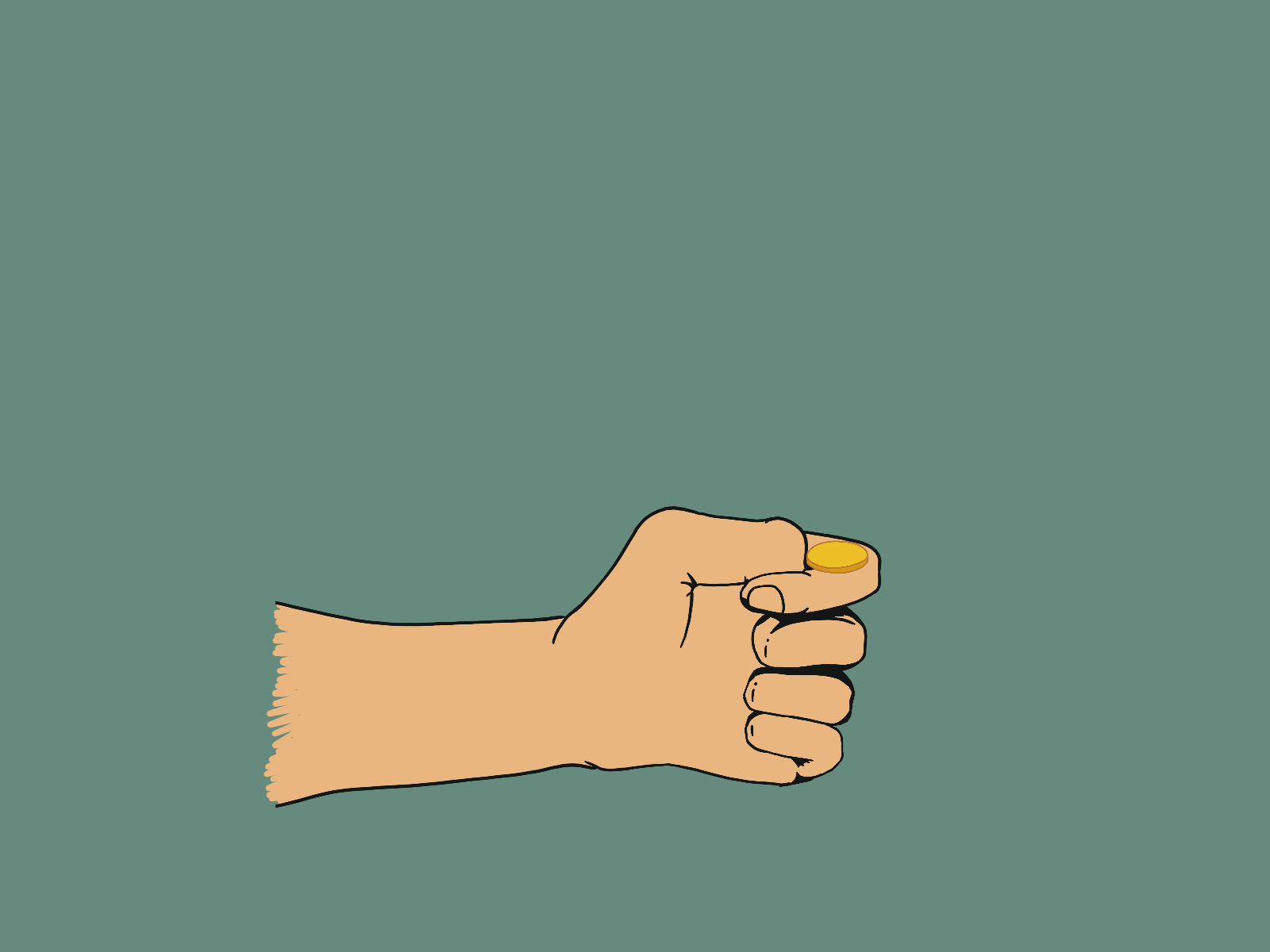 To determine WHO GOES FIRST in the game, FLIP a COIN!
To determine WHO GOES FIRST in the game, FLIP a COIN!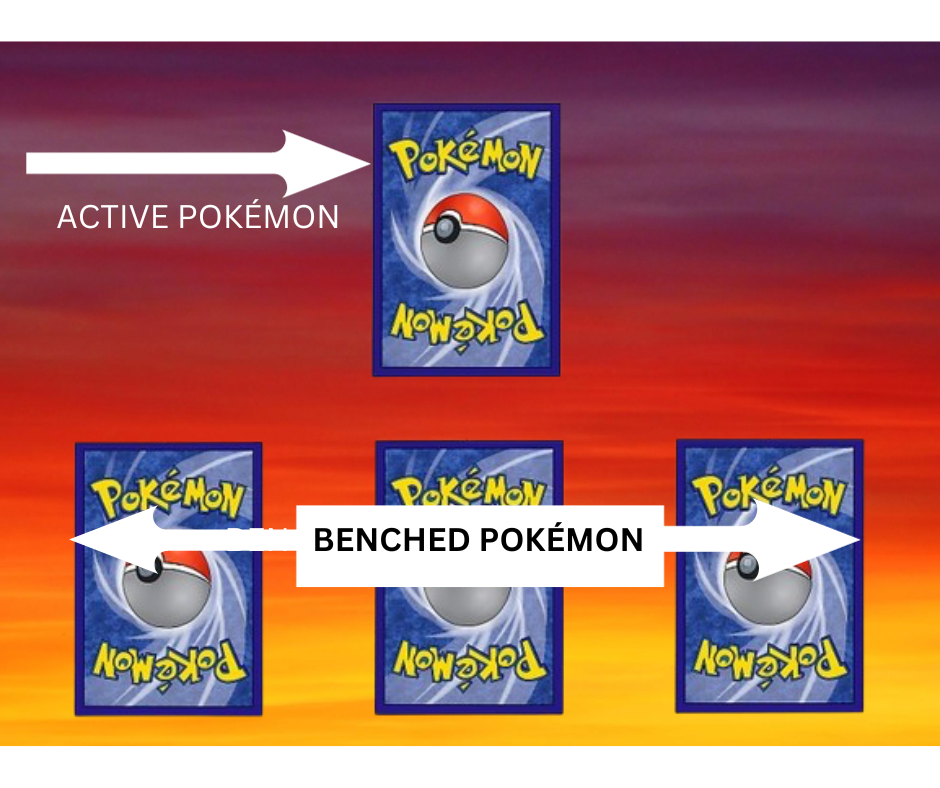
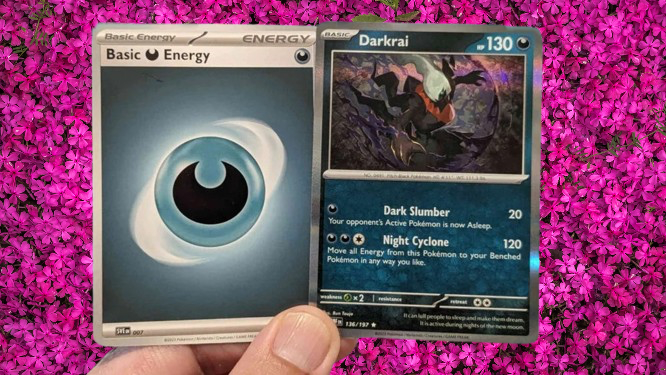
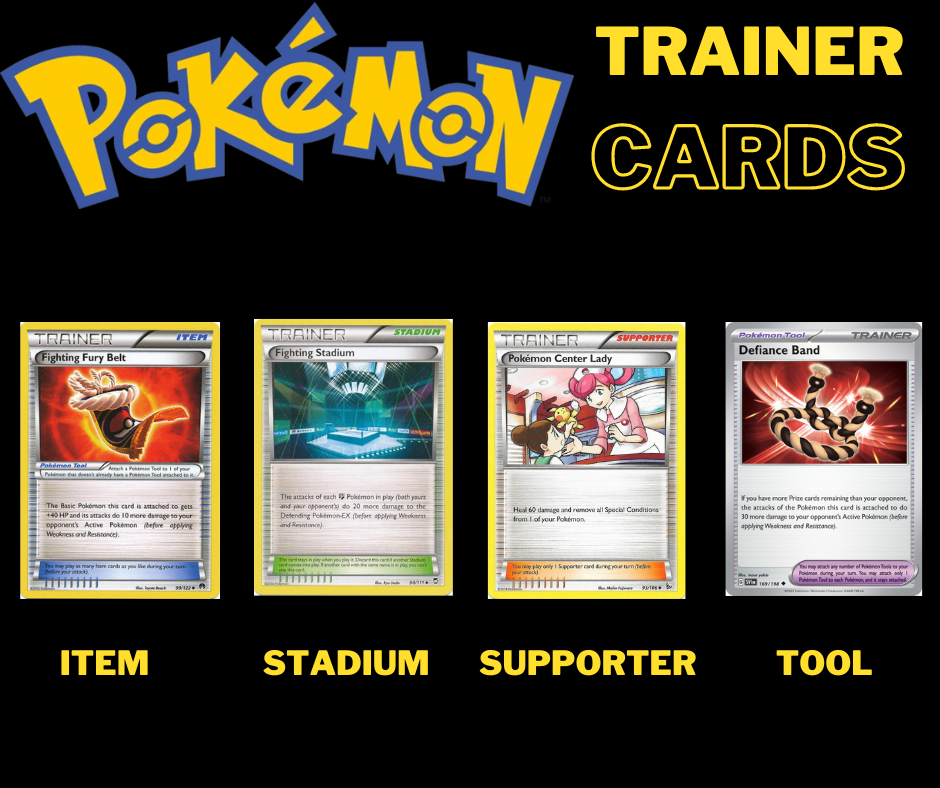

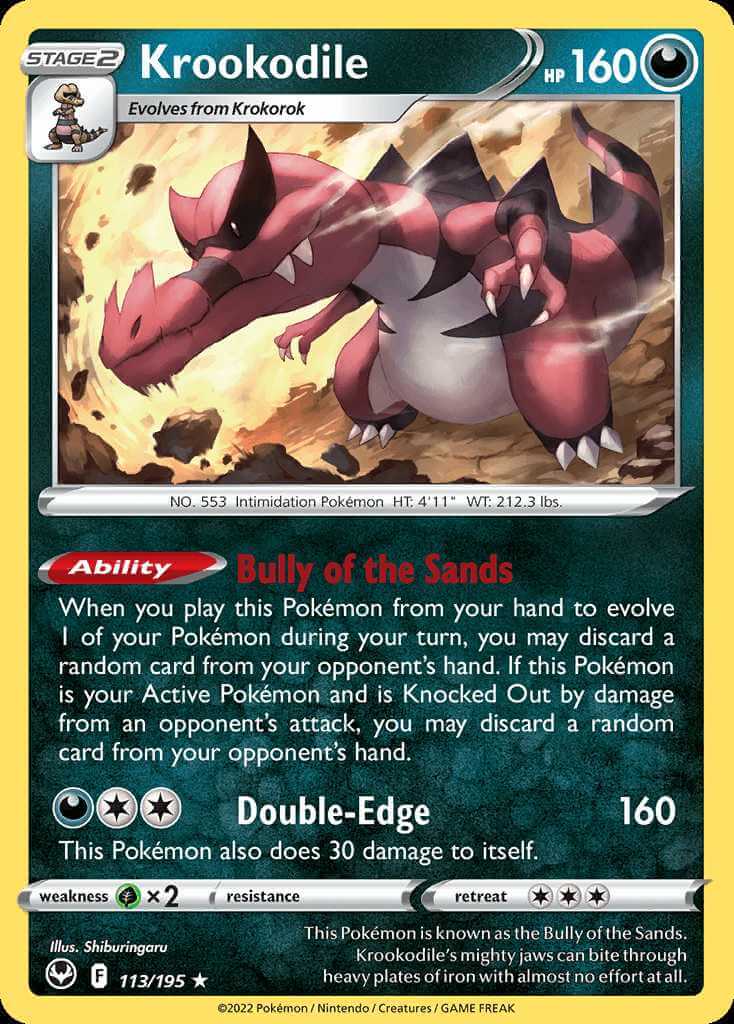 Some Pokémon have ABILITIES which can be used for SPECIAL EFFECTS. These are special attributes given to each Pokémon that they can use in battle. Many of these abilities act as a POWER UP by increasing. MOVE or a STAT. Others may introduce a 3rd-party effect such as a weather condition. Believe it or not. some abilities may even hinder a Pokémon battle.
Some Pokémon have ABILITIES which can be used for SPECIAL EFFECTS. These are special attributes given to each Pokémon that they can use in battle. Many of these abilities act as a POWER UP by increasing. MOVE or a STAT. Others may introduce a 3rd-party effect such as a weather condition. Believe it or not. some abilities may even hinder a Pokémon battle. Switch out your Pokémon for another Pokémon on your BENCH.
Switch out your Pokémon for another Pokémon on your BENCH.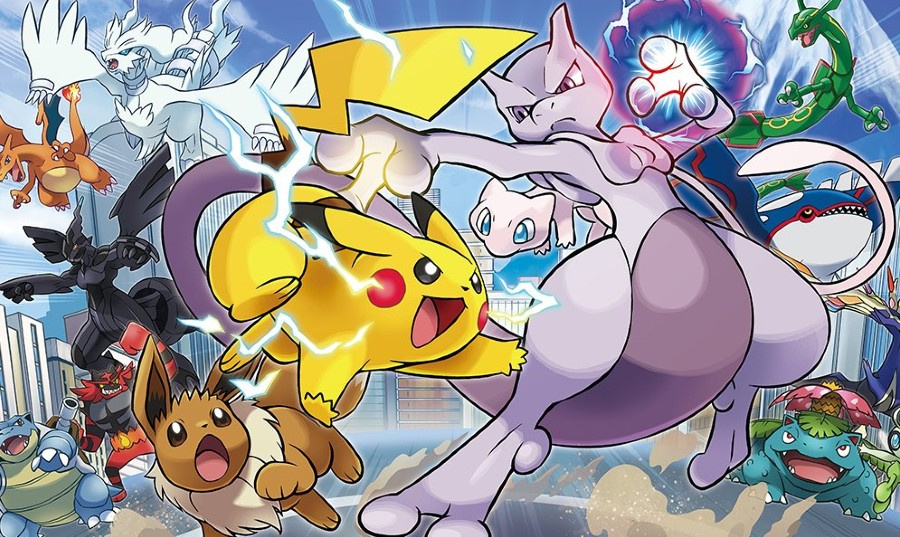





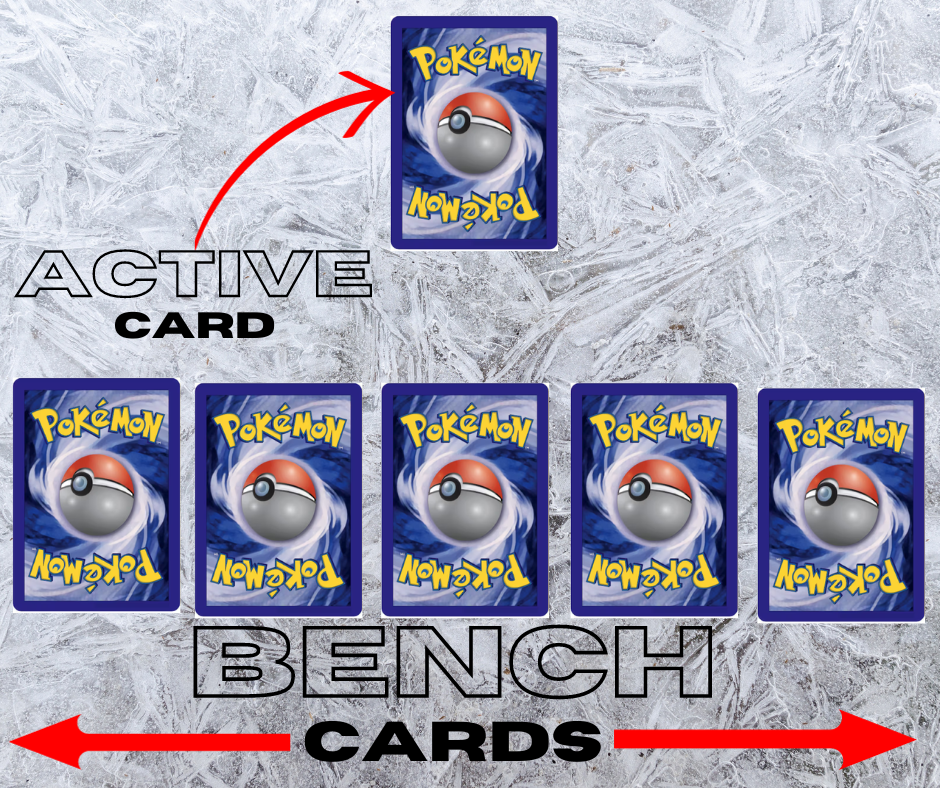
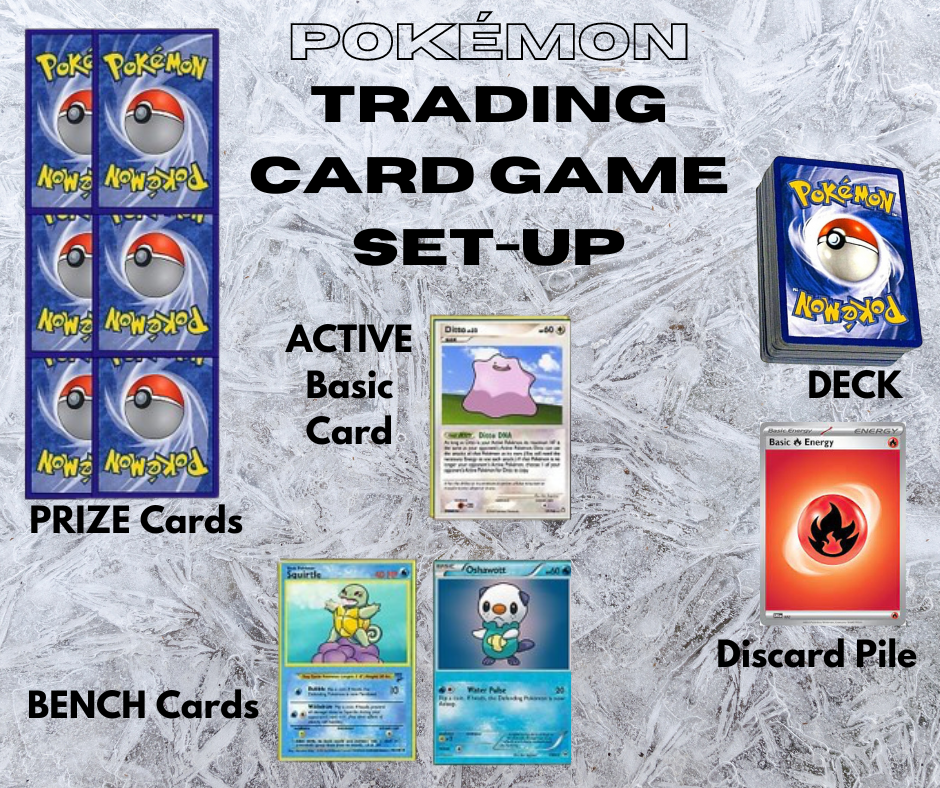

 Now that you’ve set-up your Pokémon Trading Card game, it’s time to learn HOW TO PLAY the Pokémon Trading Card Game.
Now that you’ve set-up your Pokémon Trading Card game, it’s time to learn HOW TO PLAY the Pokémon Trading Card Game.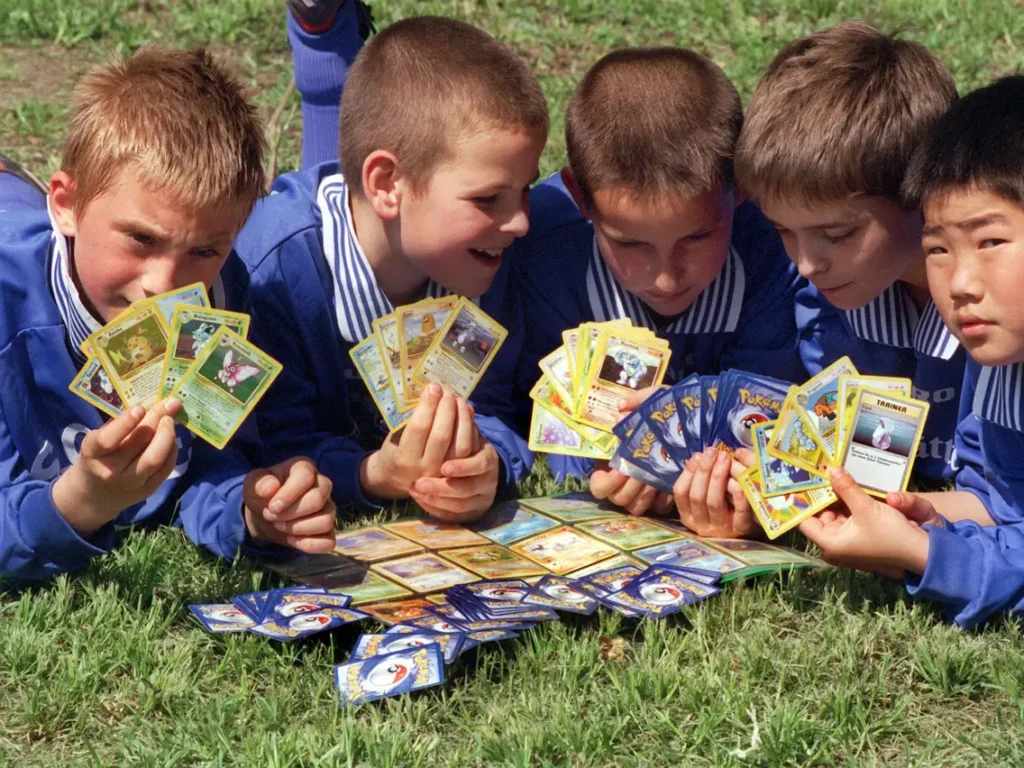
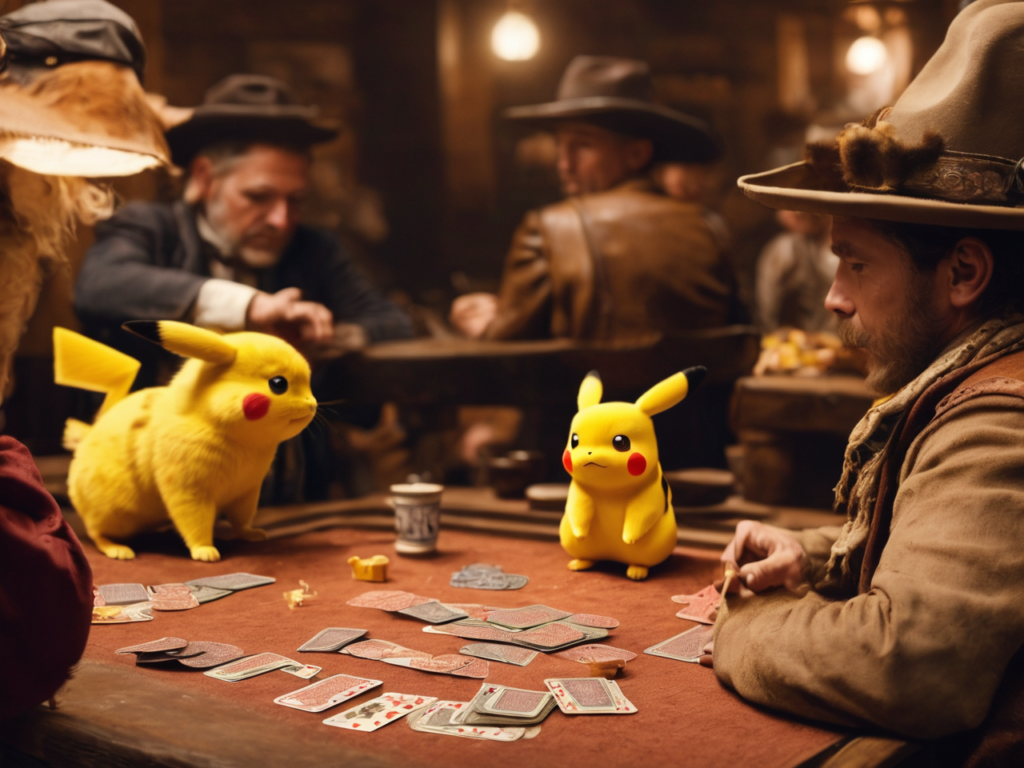

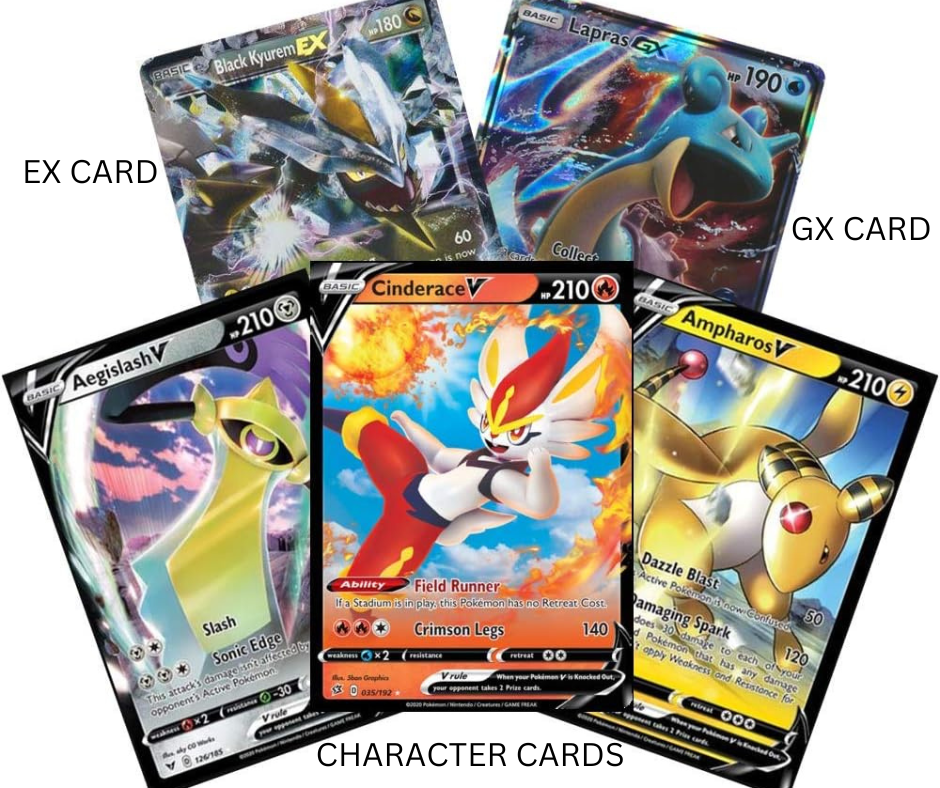
 2. Energy cards: these are cards needed to “power” your Pokémon through out the game. You’ll find basic energy cards in any pack you buy.You’ll also occasionally find special energy cards that will provide a different type of “boost” as a function of the type of Pokémon that you own.You can buy whole packs of energy cards for relatively little (I recently bought a pack of 50 for $5, an affordable entry into playing Pokémon).
2. Energy cards: these are cards needed to “power” your Pokémon through out the game. You’ll find basic energy cards in any pack you buy.You’ll also occasionally find special energy cards that will provide a different type of “boost” as a function of the type of Pokémon that you own.You can buy whole packs of energy cards for relatively little (I recently bought a pack of 50 for $5, an affordable entry into playing Pokémon).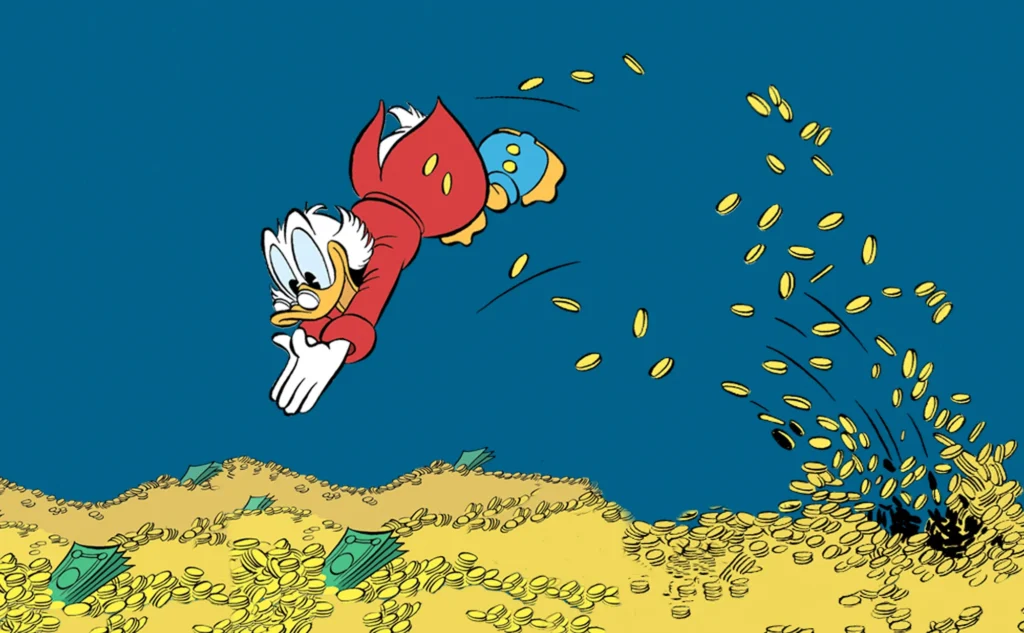





 That sounds like a great idea! Any hope of us being the first to have Pokémon on their currency is gone though – the
That sounds like a great idea! Any hope of us being the first to have Pokémon on their currency is gone though – the 

 Initially, the franchise’s full name was Pocket Monsters. When released internationally, the term “Pokémon” started being used. The word Pokémon is a combination of the word “Pocket” and “Monsters”. It’s like having your own “pocket monsters” to play and train.
Initially, the franchise’s full name was Pocket Monsters. When released internationally, the term “Pokémon” started being used. The word Pokémon is a combination of the word “Pocket” and “Monsters”. It’s like having your own “pocket monsters” to play and train.
 The original Pokémon anime was only meant to last one short season, it was never meant to be ongoing or last. The plans were to do the anime for just one season, essentially as an advertisement and promotion for the game. Turns out, the anime became more popular than they ever meant it to be. Since then, they’ve had a tonne of success with the anime, spawning over 20 different series, as well as over 20 movies in it’s time.
The original Pokémon anime was only meant to last one short season, it was never meant to be ongoing or last. The plans were to do the anime for just one season, essentially as an advertisement and promotion for the game. Turns out, the anime became more popular than they ever meant it to be. Since then, they’ve had a tonne of success with the anime, spawning over 20 different series, as well as over 20 movies in it’s time.


 The most valuable Pokémon trading card turns out to be the 1st edition holographic Charizard. Because it’s so rare and highly in-demand, it tends to be valued at $55,000 or more.
The most valuable Pokémon trading card turns out to be the 1st edition holographic Charizard. Because it’s so rare and highly in-demand, it tends to be valued at $55,000 or more.

 For me, it was about learning how to create an accented-E on my keyboard so I could finally properly spell Pokémon without cheating by copy-pasting everything.
For me, it was about learning how to create an accented-E on my keyboard so I could finally properly spell Pokémon without cheating by copy-pasting everything.
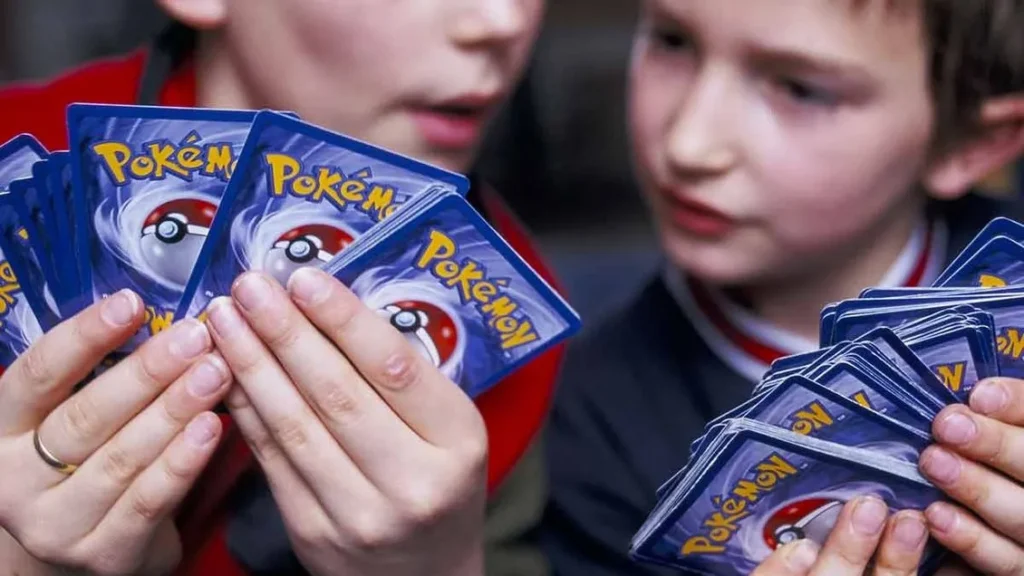
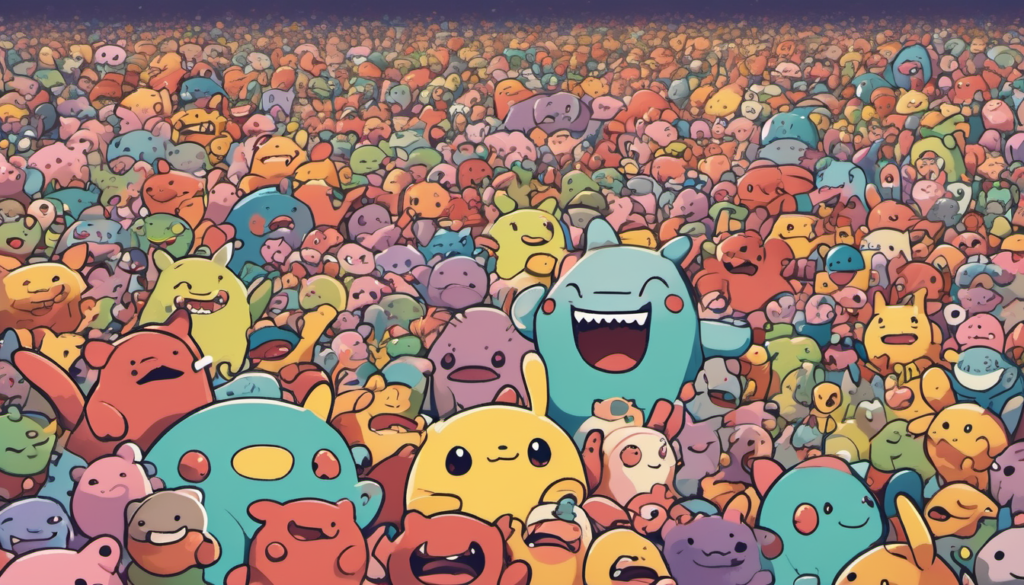


 It didn’t take long until
It didn’t take long until 
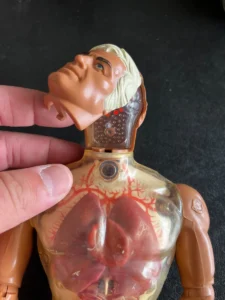 In their goal to outdo
In their goal to outdo  Is stamp collecting a hobby that is cool? Will collecting stamps make you popular? Will your mint collection of Liberace stamps impress the ladies? Will stamp collecting ever make you rich?
Is stamp collecting a hobby that is cool? Will collecting stamps make you popular? Will your mint collection of Liberace stamps impress the ladies? Will stamp collecting ever make you rich?